Erosion Management
Erosion Management
Topsoil coats the earth with an essential layer of nutrient-rich soil which sustains all life on earth.
Yet, its vitality is balanced with fragility, which demands a meticulous approach to agriculture.
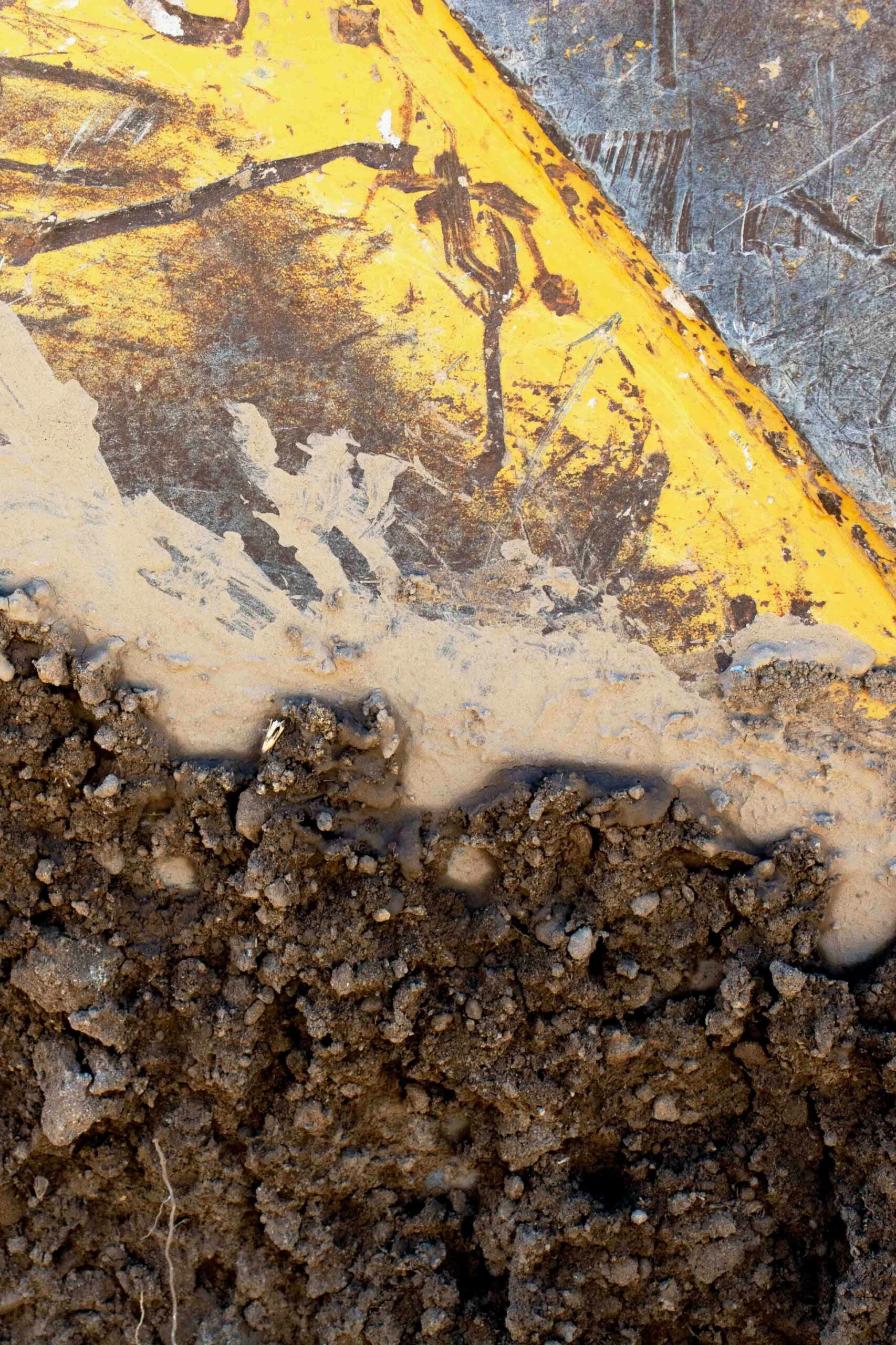
topsoil on till after seeding cover crops
While topsoil is a naturally occurring resource, careless farming can deplete the resources faster than they can be reaccumulated. To maintain healthy topsoil, there is an obligation in farming to manage the land’s resources, and mitigate with nature’s powerful force of erosion.
Like topsoil, erosion is a naturally occurring phenomenon, but human agricultural intervention requires that we are conscious of our impact within the larger ecosystem. An exposed topsoil is vulnerable to deterioration and loss. Excess water can collect sediment and flow downstream on the easiest path of access, washing away fertile land, leaving behind a nutrient-deficient subsoil.
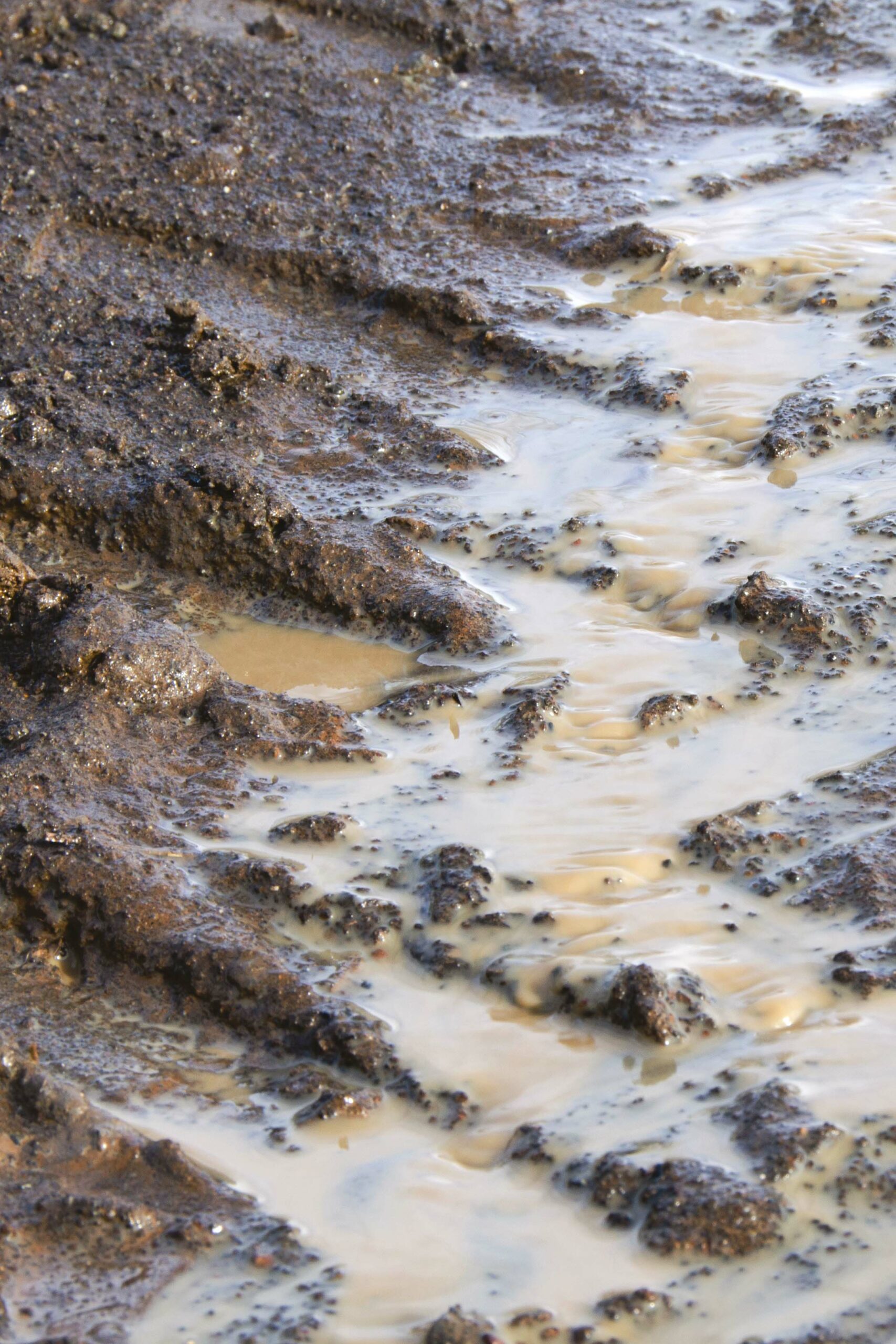
topsoil runoff on frequently used road
Unsustainable farming throughout history has shown us a loss of soil structure, biology, and nutrient degradation. Many crops have been rammed through farming cycles in a manner that considers yields far above soil health, causing topsoil to go barren within only a matter of years. The use of pesticides flooding the landscape in the mid 1900’s further escalated environmental concerns as erosion runoff could carry pesticides much further then their intended location, polluting natural water systems.
In our approach to nurturing the land with sustainable farming, an analysis of our erosive concerns is being addressed to supplement a fertile accumulation and preservation of topsoil.
Runoff in our planted acres is not a notable concern due to our implementation of cover crops, minimal use of tilling, and the highly absorptive properties of the soil made up primarily of cherryhill silt loam. As a soil that has excellent water-holding capacity and high infiltration, cherryhill silt loam can easily take on the 12-inch average year rainfall without falter.
In addition, due to our high-efficiency drip irrigation system provided by Mitchell Lewis & Staver, there is little concern of excess runoff from irrigation. The precision of watering can be regulated to the frequency of a single droplet directly hitting the root zone of a vine, nearly eliminating water waste, and preventing the unwanted transport of topsoil.
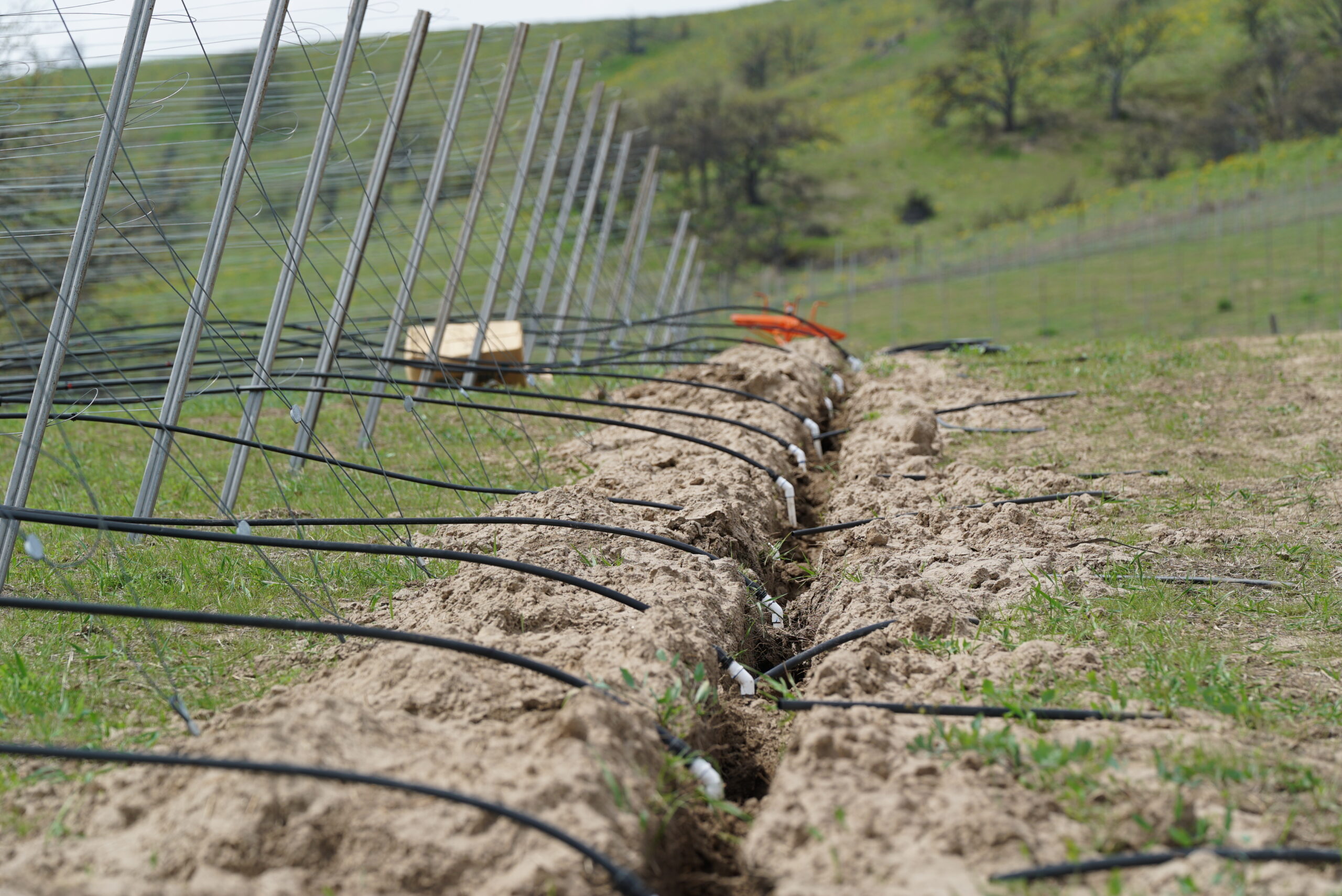
Mitchell Lewis & Staver high-efficiency irrigation installation
Cover Crops
Much like the name implies, cover crops are crops that are planted with the intention of ground cover rather than for harvesting. Not only does it help counter harmful erosion by preventing immediate impact of rainfall on topsoil, but it also works to improve soil fertility, water quality, and bolsters biodiversity in an agroecosystem.
Over time, the cover crops form weaving networks of roots and mycelium underground, holding together soil and preventing surface runoff. These crops can also create a dense mat of growth that will shadow out weed production, allowing for a more hands-off approach to farming, a key factor in our viticulture philosophy. This method of farming is an ancient practice, and it served a multitude of purposes throughout history before pesticides and chemical treatments became a short-sighted option for many in the mid-20th century.
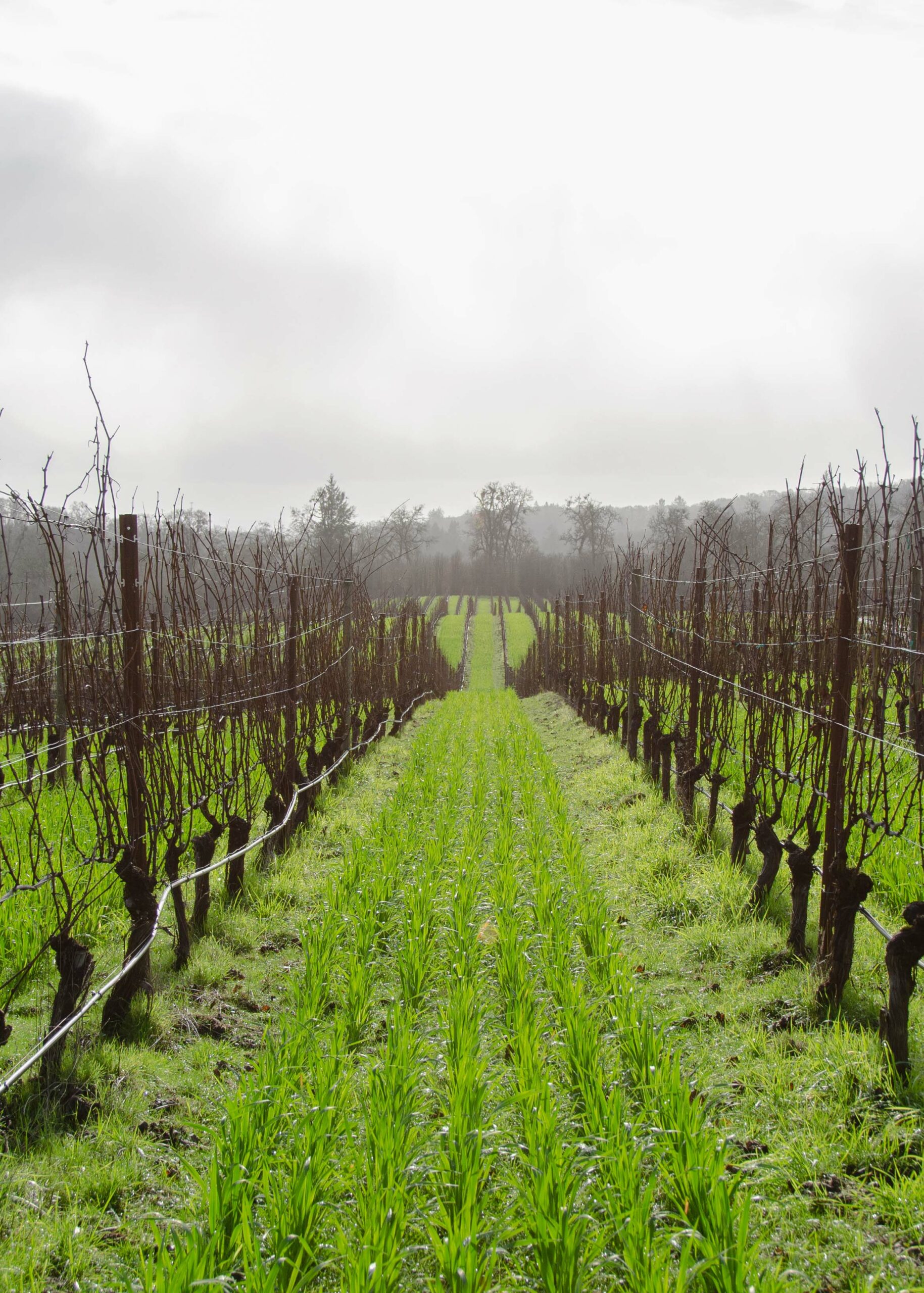
cover crop in bloom at Left Coast Vineyards
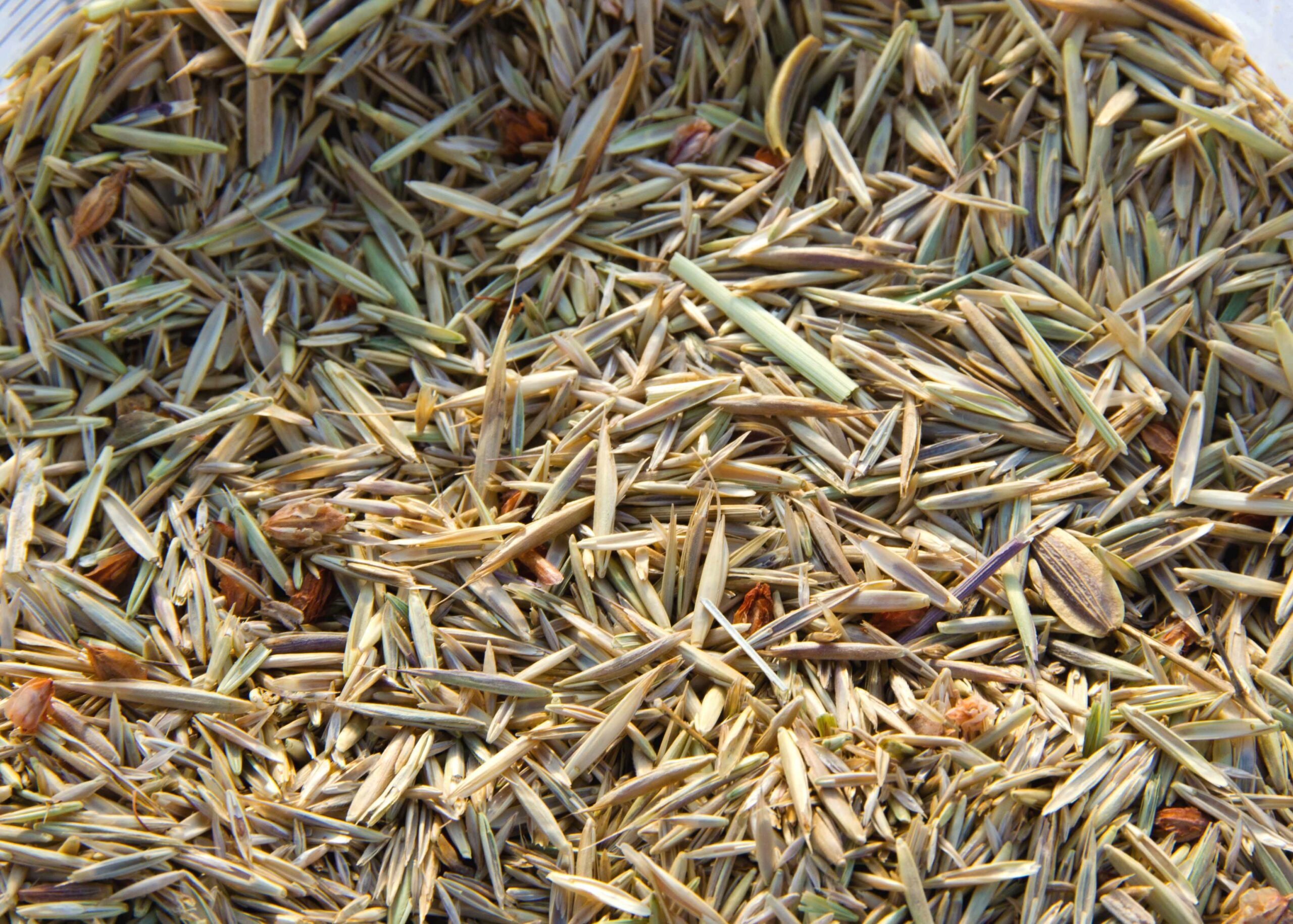
Threemile’s custom cover crop seed mix
At Threemile Vineyard, we seeded a perennial cover crop made up of 12 species. One portion being composed of various forbes hand collected by Humble Roots Nursery: yarrow, buckwheat, lomatium, lupine. The other portion is made up of grasses provided by BFI Native Seeds who specialize in native grass production: blue wild rye, blue bunch wheatgrass, Idaho fescue, and mountain brome prairie june grass. Using vertical tilling, we seeded this unique cover crop mixture in the fall of 2021, the effects of which will flourish in the coming years.
With 200 acres of vineyard land and 83 acres of planted vines, the steep hillside roads used for farming traffic between vine plots have up to a 30% incline, presenting the largest challenge in our erosion management.
“The vine plots are like a big sponge that can soak up a ton of water, but the roads are flat like a countertop, water lands and splashes off them creating our main source of runoff.” – Joe Cushman, Viticulturist
Mulch & Hydroseeding
To mitigate the loose soil structure of the roads due to regular vineyard traffic, a pine and oak mix mulch sourced locally from The Dalles and Dirt Hugger was spread to create traction and slow down any surface water to reduce its potential for erosion. The large pieces of organic material work symbiotically to aid vineyard production while also using non-invasive, natural materials. Roadsides are also supported with water bars for road run-off, essentially creating speed bumps for fast-moving water in the rainy season.
The nearby hillsides of exposed landscape that are not vine rows were hydroseeded with a 14 species mix of native plants, also locally sourced. By cultivating non-invasive species throughout the vineyard as a part of erosion management, we are able to support a healthy topsoil, resulting in a comprehensive healthy terroir as the birthplace of our grapes.
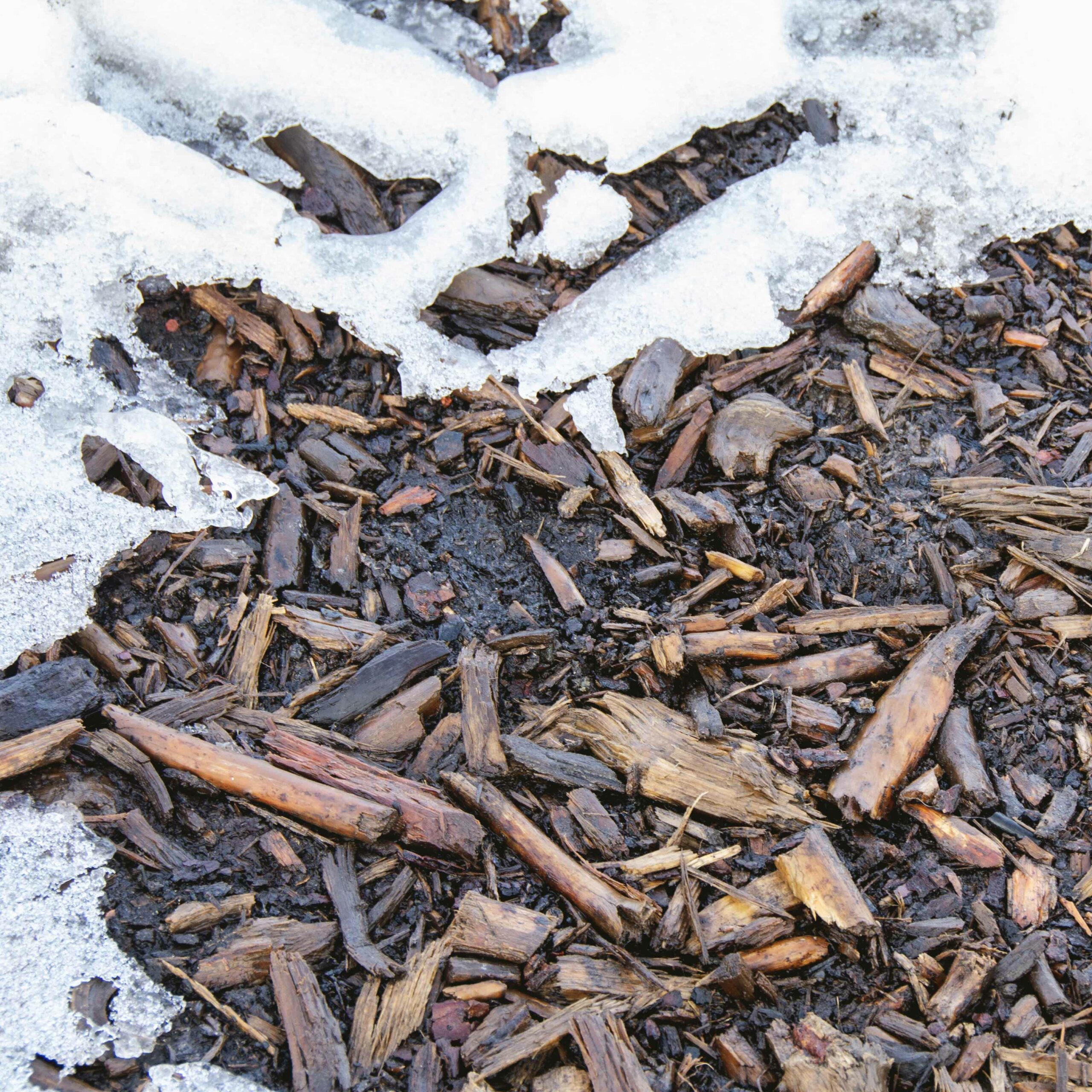
mulch used to mitigate runoff and snowmelt at Threemile Vineyard
